Past Imperfect: Works on Paper
Photographer, Deborah Turbeville’s haunting images may not be to everyone’s liking. The squeamish might find her work offensive, conspicuous, disturbing, brazen and, yet, her compelling and controversial images are nearly impossible to ignore. I find them evocative, delicate and often dreamlike, conveying a narrative with a highly distinctive visual aesthetic that entices, seduces, and like that which can simultaneously inspire and repel — lingers.
Deborah Turbeville has been one of the world’s most important and recognized fashion photographers since the mid-1970’s when her atmospheric images of small groups of female models in evocative locations first appeared. Her New England upbringing gave her an appreciation of weathered and storied environments, which is still reflected in her work today.
Turbeville began her career working for the avant garde designer Claire McCardell, who she credits as a major influence, and then as a fashion editor for Harper’s Bazaar and Mademoiselle. She turned her interest from editing to photography, originating a highly distinctive style known for its soft-focus use of mise-en-scene and grainy, pointillist printing technique.
Turbeville’s vision is unorthodox–at once haunted and haunting. She creates those effects with the help of favorite actresses and models, largely unknown, acting as a repertory cast.
They interpret her endangered species, anachronisms, out of sync with their time and context, playing mutations in a mannequin workshop, statues in a Paris art school, and automatons in a derelict factory.
And they help to create a characteristic sense of fragmented dreams, of dislocation, hallucination and time without boundaries–the past imperfect.
Past Imperfect looks into the heart of Turbeville’s oeuvre, surveying her groundbreaking narrative work of 1974 through 1998, when she pioneered a look of antique decadence, using distressed film and prints to capture models as Miss Havishams in faded fin-de-siecle glory. Some 15 series, structured like short stories or novellas, encapsulate that unique sensibility and elegant aesthetic.
They remind the viewer, as one critic has written, of films they would have liked to have seen, and inspire comparisons to Luchino Visconti, Jean Cocteau, Rainer Werner Fassbinder and Joel-Peter Witkin.
Her influential, cinematic work appears regularly in American, British, French, Italian and Russian Vogues, and L’Uomo Vogue and W magazines, among others, and her work has been exhibited internationally. She has published several books, including her two most recent, Past Imperfect (Steidl, 2009), and Casa No Name (Rizzoli, 2009).
Staley-Wise
New York, New York
February 5 – March 20















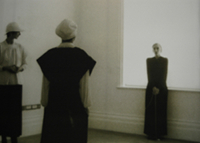
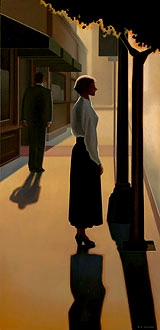
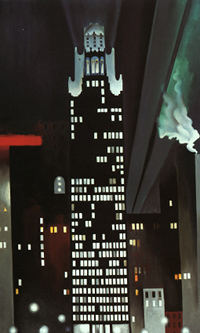

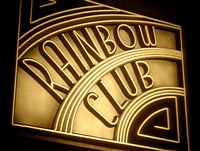


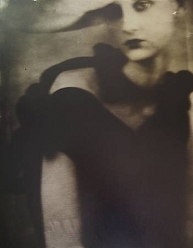

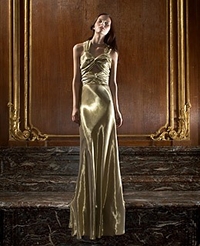




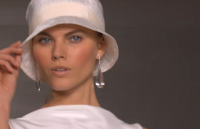


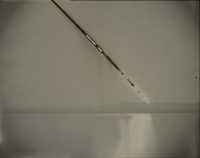

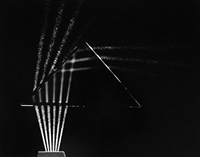


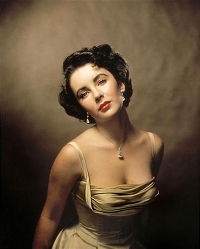






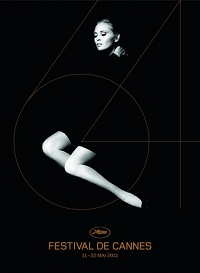


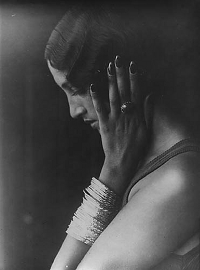


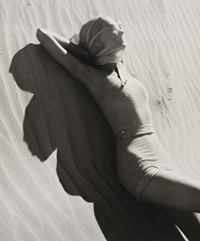


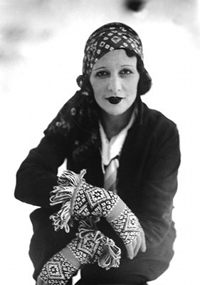



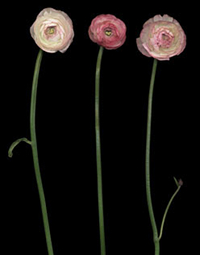
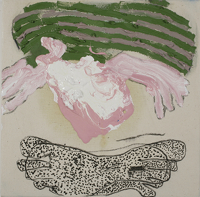



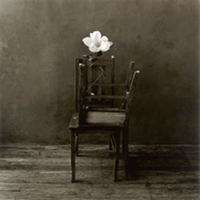
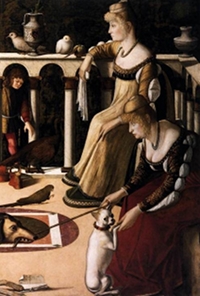



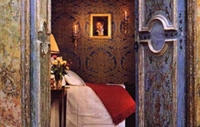







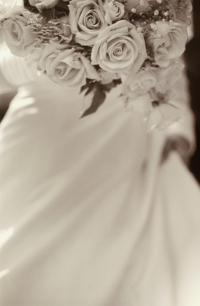

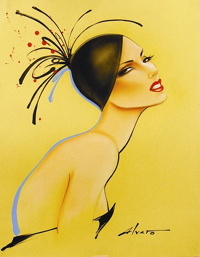

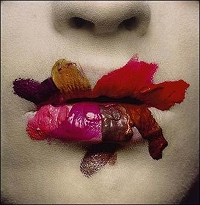
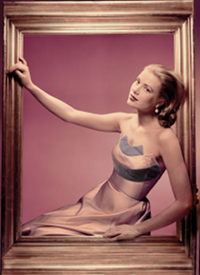





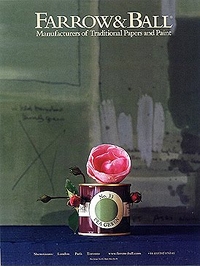


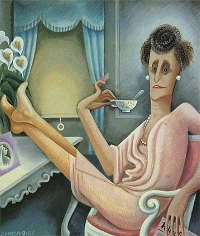
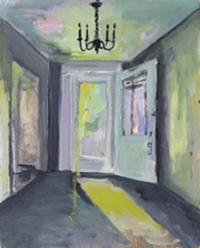
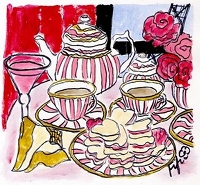
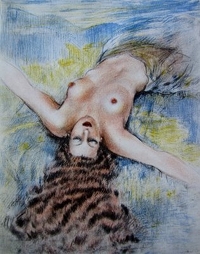
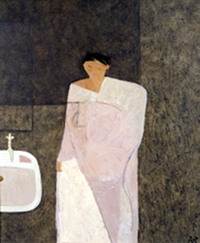



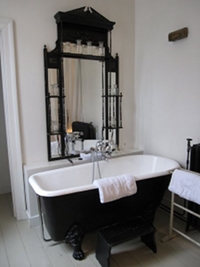
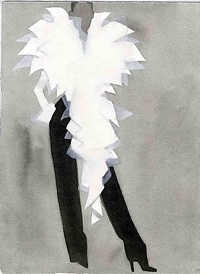
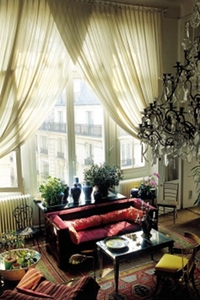
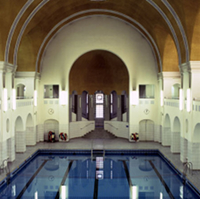
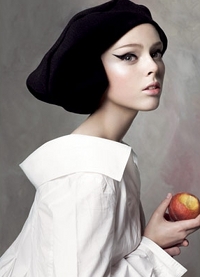
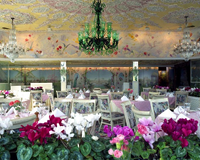
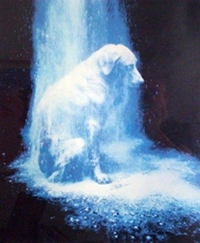
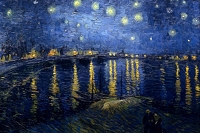
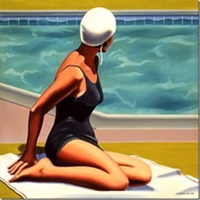









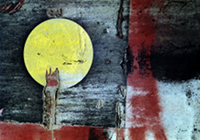



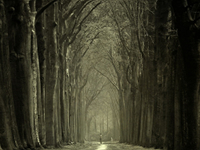




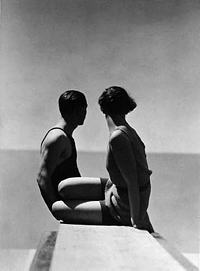
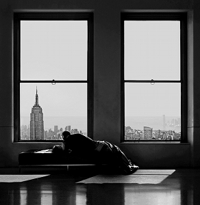
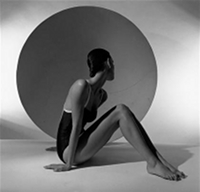
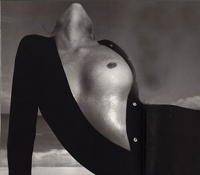


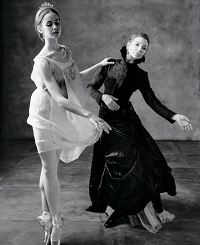
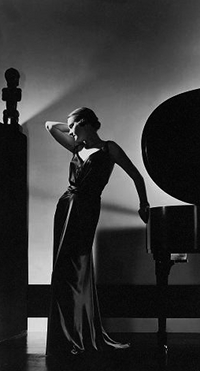




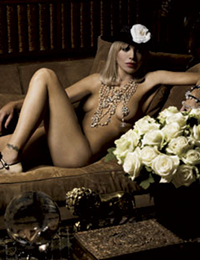



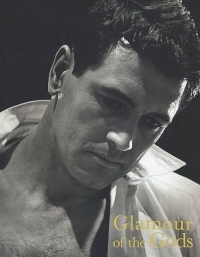

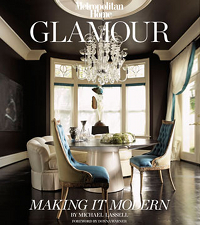



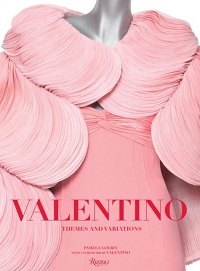

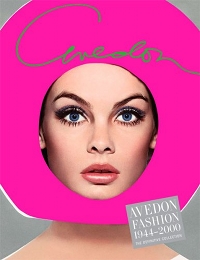









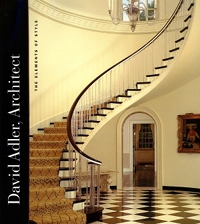

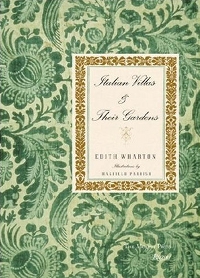


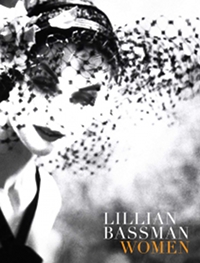




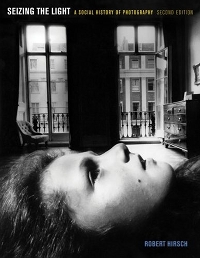
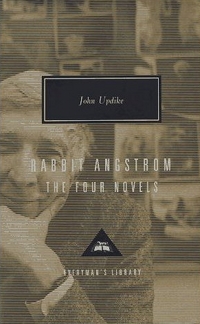



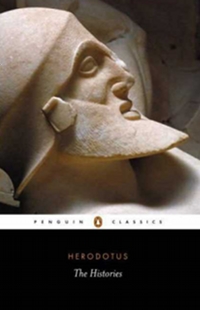




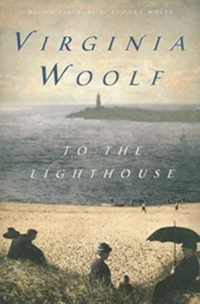







Her photographs are very cinematographic and mysterious. I specially love the second one from the bottom. Wonderful post..
They may be an acquired taste, but I have found that most libraries that own them refuse to lend them on interlibrary loan. Apparently they get stolen often. Wonder what that means. I wanted to write about Turbeville but couldn’t get access to her books. Thank you for posting this interetsing piece.
Jane,
That is Interesting! I was not aware of it. Prompts me to want to check with my library to see if that is the case there as well. And, perhaps, inquire as to whether they have thoughts on what it “means.”
The fact that all of them are black and white add more divine mystery to them…
Beautiful post I am completely in Love with the work of Deborah Turbeville and had actually planned a post on her for later this week , funny, x
And as awful as it makes me sound, “dt-couples” made me laugh. But then, I know someone who has been hit with a chair and really does tell the most amusing anecdote about the incident. Hmmmm.
E,
My editorial shorthand seems to be attracting an audience all its own. (Second comment in a week). Must clean it up.
The anecdote you cite will, certainly, arouse curiosity. Perhaps we can do a joint post with me handling the captions.
EA, that’s rare air up where you write — both in topic and your exceptional talent — I’m not sure I’d be of much assistance, but I’m yours for the asking.
You do know how to charm a girl.
In all seriousness, thanks. What a lovely thing to say.
Thank you … but it’s an empirical statement of fact.
I’m sure your Gentle Readers will agree. I believe, as a professional writer, that your prose is stellar, your turns of phrase are elegant, and your insight is spot on. I file many of your comments under my personal “I wish I’d said that” checklist.
‘Nuff said, i promise. At least for now.
This work is truly stunning… I do like… very much.
[…] via […]
Deborah Turbeville « Frank T. Zumbachs Mysterious World said this on 08/24/10 at 10:08:39 |
[…] Deborah Turbeville (Source: http://theerrantaesthete.com/2010/02/08/past-imperfect-works-on-paper/) This entry was posted in Uncategorized by Nathan. Bookmark the […]
Black Cat Content said this on 06/26/12 at 10:06:49 |
[…] imawoman: Deborah Turbeville (Source: http://theerrantaesthete.com/2010/02/08/past-imperfect-works-on-paper/) […]
The Astonishing Post said this on 06/26/12 at 07:06:57 |